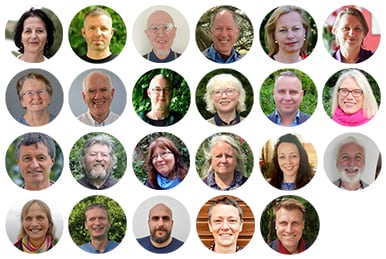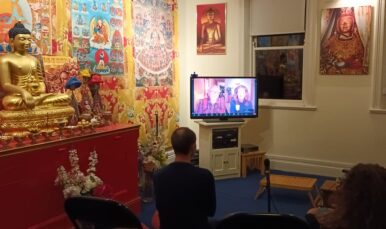Courses & Events
Guided Meditations
Daily meditation, Dzogchen Beara Temple

Dzogchen Beara
Garranes, Allihies
West Cork
17th July - 26th August 2024
Find a Group
What Meditation Really Is ~ Khandro Rinpoche
Latest Blog Posts
- First teaching in Dzogchen Beara TempleOver the weekend of July 13 and 14, Dzogchen Beara’s new Temple opened to the public and hosted its first retreat… Read more: First teaching in Dzogchen Beara Temple
- National Sangha Gathering in Dzogchen BearaWe recently had a wonderful National Sangha Gathering in Dzogchen Beara 12-14 April. Fifty three people attended. We enjoyed a deeply… Read more: National Sangha Gathering in Dzogchen Beara
- Exploring Happiness: A ReviewIn Autumn 2023 a small group of people of various ages and walks of life gathered at the Rigpa centre in… Read more: Exploring Happiness: A Review
Meet our teachers

Teachers and Practice Holders were formally introduced to the Rigpa sangha in August 2021 as those who are requested by Rigpa’s Vision Board & Spiritual Advisors to take the lead in guiding our community’s study and practice.















